We Cover the Waterfront:
conversations with VA alumnx, faculty and guests
Alumnx Profile: Jo Ann Block (S 11)
Jo Ann Block is a Los Angeles, CA based mixed media artist investigating queer history, sexuality and identity as they are inscribed within historical and contemporary culture. She aims to subvert existing norms around aging, power, and the social relevance of lesbians. She received her BFA from UCLA, and MFA from Vermont College of Fine Arts. Her work is in the collection of the Leslie-Lohman Museum of Art. She held a fellowship with Touchstone Gallery (DC), and two summer residencies at SVA in NY. Her work has been exhibited at A.I.R. Gallery (NY), American University Museum (DC), Transformer Gallery (DC), Williamsburg Art and Historical Center (NY), Metrospace (MI), Baum Gallery of Fine Art (AK), Thompson Gallery (MA), and Ventura College Art Gallery (CA).
Can you talk about your choice to work with collage?
JB: I’m going to go back a bit and start at the beginning with VCFA and my first residency where we put up our application work. That was such a powerful, new experience and also a teaching moment because I remember the person guiding us through the installation process said, “when you’re done hanging your work, go see if you can help someone with theirs.” Even now I am getting chills thinking about that.
I submitted paintings like many others, and ended up not a painter, like many others. One of the faculty during a critique honed in on these three little collages I brought and suggested – “you should explore this” – and a direction was pretty much spelled out for me. That was that.
It was very curious to me, and I didn’t understand at the time why they suggested that. I understand now, but I didn’t then. I think it has to do with what I’m striving for now in my work, which is to make something very particular to me.
It’s interesting how you’re linking the process of making a collage – the elements and construction of it – to constructing a Queer identity.
JB: My next idea after that for my first semester was constructing this very large barbershop figure flanked on both sides by two collages.
That semester I was working with Judie Bamber, who taught at Otis in California. She showed me Kehinde Wiley’s work, and how he was referencing multiple things, in particular the figure on the stallion, and the background from Napoleon Leading the Army over the Alps. I think in a way that was almost like collaging for me too.
When I showed Recuperating the Historic: Queer Life Before Stonewall, you couldn’t quite define it: was it sculpture or maybe assemblage? I painted the 2d cut out figure and was trying to be aware of having some kind of relationship between the elements of the work. I came to the program working in commercial art, graphics, and with that language you just try to find the most widely understood image and go with it. You’re not going for complexity, you’re being literal. So that was very, very hard for me to break.
At VCFA I was just beginning to learn. I didn’t know how to explore, or how to conceptualize, or any of those things. I was fighting against being literal. And the next kind of breakthrough was with Ulrike Müller as my Artist-Mentor when I made a series called Creatures, characters of emotional states, which again was 2d mixed media.
When, and how, did TransSurfacing come about?
JB: That was my first project I tried to tackle right after graduating from VCFA. Kind of at the onset of transgender people coming out.
And I don’t know if you remember the first time you were ever introduced to that concept of someone you knew as one sex, turning into another sex? I remember there was a woman that Karen knew, and we were out in the airport, and this man came up to her and said, “Karen, it’s Linda. I’m Max now.” I was looking at this person, trying to put it together in my head and then shortly after that we went to a party that Max had invited us to, and there were transgender people there.
My first introduction and reaction was not one of natural acceptance, and it was just a really bizarre kind of thing for me to try and figure out. And so, I made this piece trying to figure it out for myself.
Do you consciously think of art making and the work that you do as a way to process and understand your world?
JB: Yes. Big time. When I was going to go to grad school, I showed my work to a friend who had a gallery in Ojai, and he said that I needed to pick something, an idea that was relatable to myself. So, at that point, I declared that “Gay” was going to be my subject.
I think if you have something of yourself in your art you can tell. It makes a big difference to have a little bit of your DNA in there.
I want my work to be universal. But I often feel I have no idea what I’m doing. I freak out coming from this place of being so literal – minded, that’s my go to. But I am putting myself in this soup of the creative process where you have no idea where it’s going to lead – and you just keep showing up.
On your website you note that your series Phenomena of Force is “an homage to older butch women, pioneers of the gender queer present.” Were you thinking of particular people from history, or your circle of friends and family?
JB: I’m actually changing that and am in the process of using only people who are known, who have some notoriety. I think the fact that I’m coupling that with a life force, you know, really resonates a lot better. I’m using Eileen Myles and I’m just finishing up with Martina Navratilova. And then either Audrey Lorde or Barbara Jordan.
Someone once said to me that you can’t talk about Gay and Lesbian history without putting them in a historical moment, because they’ve always been in relation to what’s either being accepted or breaking through or some kind of relationship to how society perceives marginalized people.
At a certain point, I liked not being assimilated. It was an identity – more of an outlaw identity – it wasn’t – “we want to get married and live in the suburbs.” I kind of am sad about that, although I don’t know that sad is the right word, but it was more colorful. There was something about it then where you had to go to a special place to congregate.
I think perhaps your Queer B4 Queer pieces describe what you’re talking about. These images are not the expected, mainstream way of presenting or looking at an older female body.
JB: Yes, and also bringing out the fact that it was hard. It wasn’t an easy life to choose. You couldn’t be open at work or in your neighborhood. I remember one time I became friends with a woman at work, this was in the mid 60s, and I finally came out and she said something like, well I like you anyway – prefaced with – perhaps I don’t approve of you. Kind of puts a little crimp in the friendship.
Could you talk about “The Origin of the Odd” and what motivated that research and exploration?
JB: That series developed from an exploration into the ability to biologically transition to another gender and pondering the effects that bio-genetics will have in the future.
This was before Trump and everything else. I was hearing in the news about the war in Syria, and thinking back about the conflict in Ireland and England, and how those wars were just so bitter. I was thinking about tribes and I thought, that’s who we are, we haven’t really evolved much. I went to a residency at SVA, and I signed up for painting but then I got shuttled into bio art. There were several of us there that didn’t quite know why we were in bio art. Bio art could be anything organic, so it was pretty wide open, we had lectures and we went into the lab.
I wanted to make things from organic materials. I started reading this book Regenesis: How Synthetic Biology Will Reinvent Nature and Ourselves by George M. Church and Edward Regis. The authors were researching geologic eras and saw the beginnings of multicellular organisms in the Precambrian era. There was a chart in the book with these odd names and I just took off with that. Again, thinking that this is where we all started and we’re all very queer in a way.
Now I am reading about the concept of archetypes in Jung’s writing. I have been thinking about my work and how subconsciously I’ve always created a hero figure throughout. So I thought I should read about archetypes.
Do you do that kind of reading, research and investigation, before you start something?
JB: In this case I am actually recreating my experience at VCFA. I was trying to think about it as I was riding to the studio today. I do a lot of writing to conceptualize what I’m after.
We traveled for a year, and India, one of our stops, was where we stayed for a month. I was just really taken with the temples and the kind of devotion I saw, one without reservation. Coming from our country, which I think is very cynical, I liked it. In a way there was something I really envied about it. I knew I wanted to do something with that because it had such a big impact on me.
Now I’m reading and taking notes and asking myself, why am I looking back to Hinduism and the archetype? I felt that I was looking for meaning, which is similar to searching for identity. And what is meaning in our contemporary society? Where is that? I started thinking about philosophy and ontology and I came upon this really groovy podcast site called philosophize this!.
I started listening to readings by Heidegger and I thought about existentialism, and that just brings me right to the moment now where we are looking for meaning in our world. One thing that Heidegger said, is that there is this idea of “throwninness”. People are born at a certain time, in a certain place, a certain gender – those are your stats. The cultural or national situation you are born into dictates what you do. He said that what people care about are things that will help their existence.
I like the idea of becoming aware of going beyond just existing, going for some other meaning. Jung talks about becoming whole. I’ve been meditating and thinking about mindfulness. Being authentic. That’s where I’m at right now, in present time.
How have your experiences as a student at VCFA shaped your current practice?
JB: I’m just so grateful that it wasn’t a competitive experience. I feel that it’s important to have a community. The school really laid out, in a very basic way, one way to have an art practice which was news to me. By that I mean, the fact that you go out, and you read, and you think about a thesis and then you explore it. I really appreciated that. Education was personalized to ask, “what do you want to think about or do?”
What, or who, are you listening to, reading, watching, looking at?
I am reading Jung and Heidegger and watching Dead to Me.
Do you have any food or drink obsessions lately?
Chocolate pudding with whipped cream
What skills do you think are necessary for a human to navigate and participate in the world?
Self examination and a willingness to be a better person.
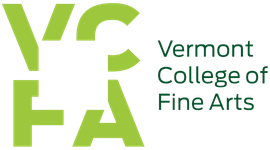
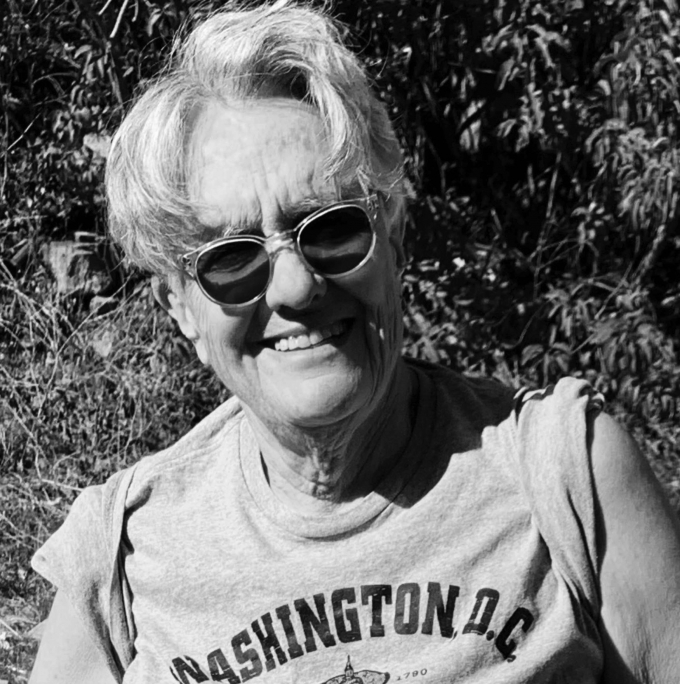
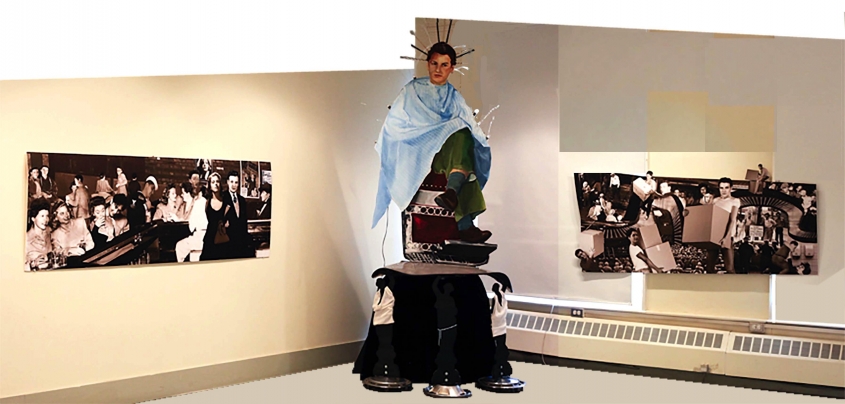
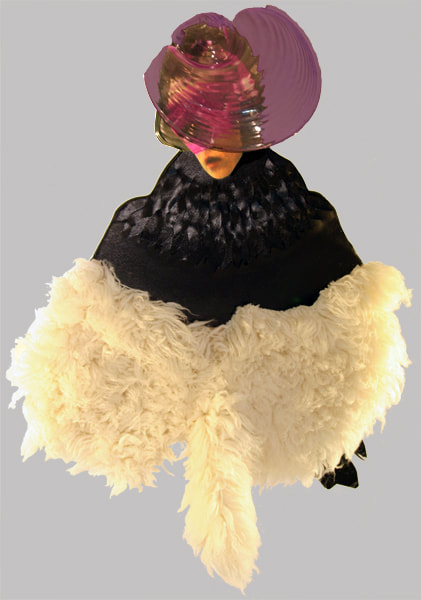
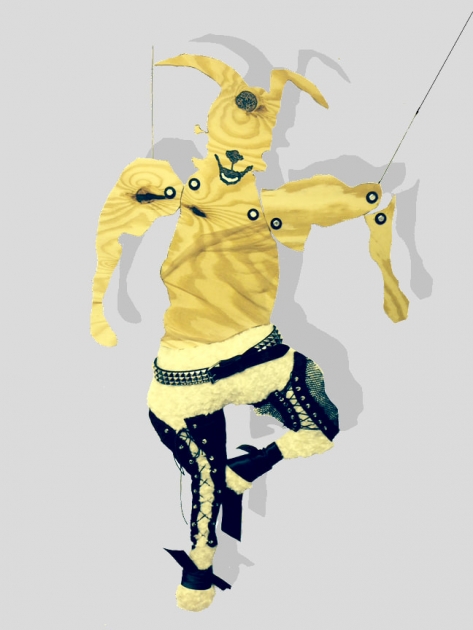
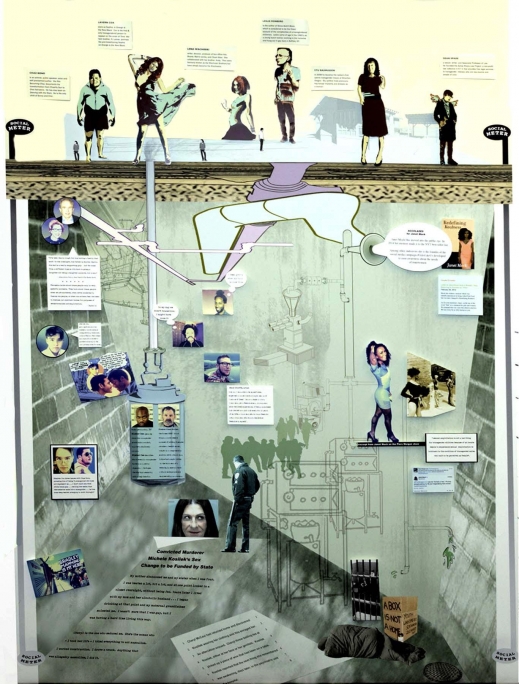
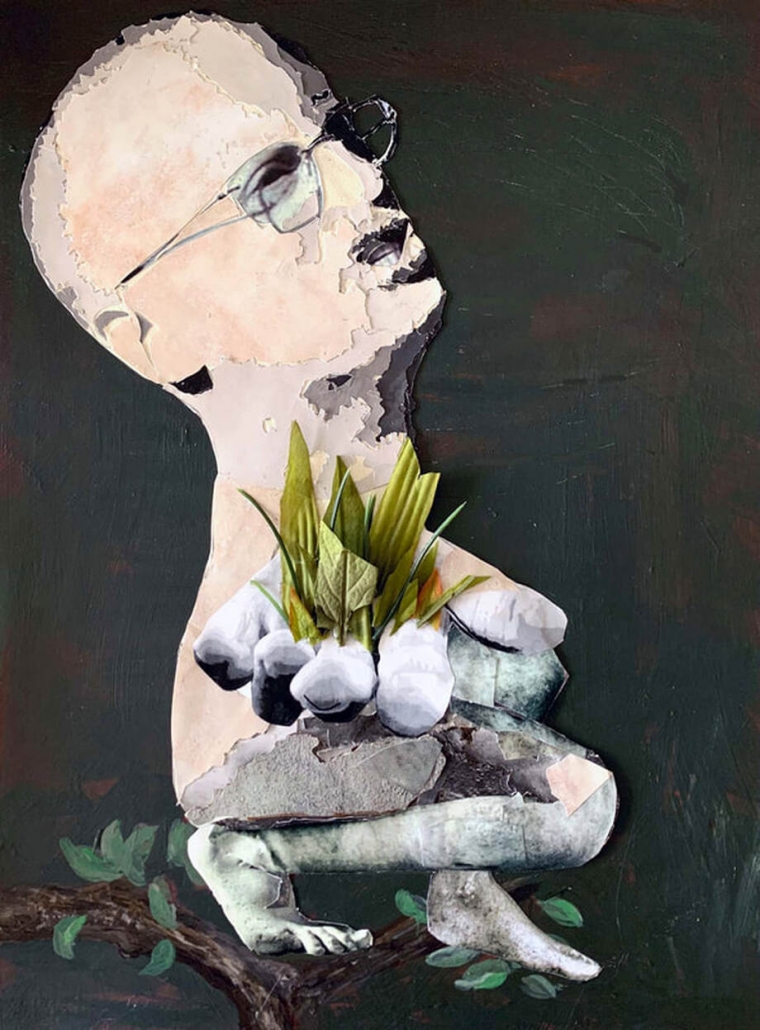
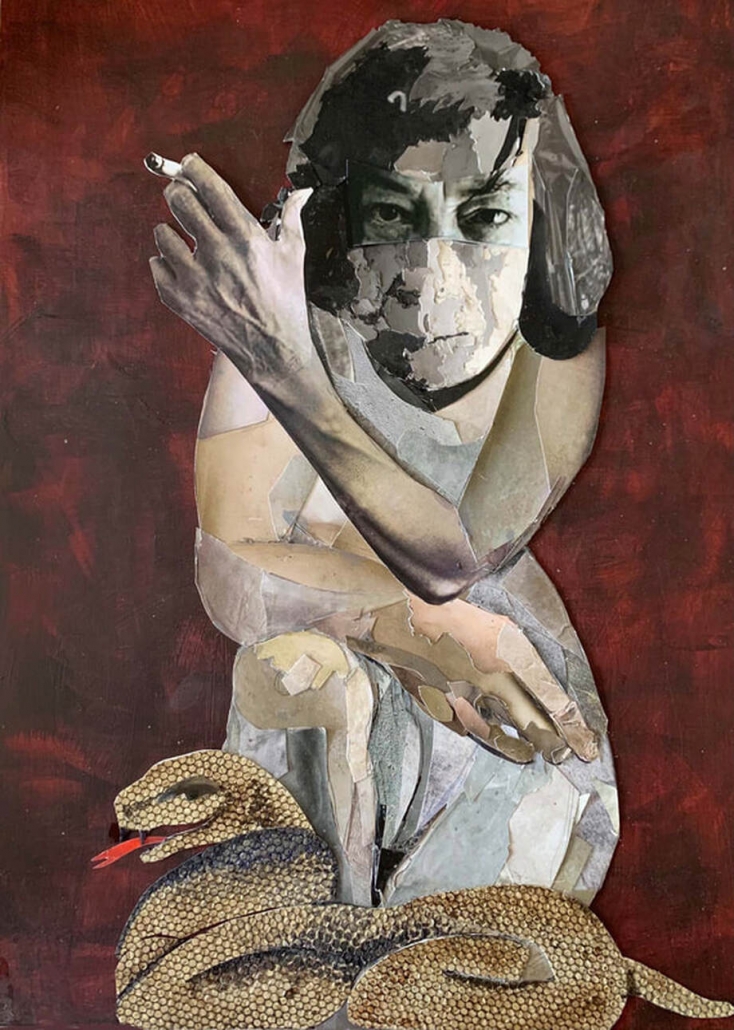
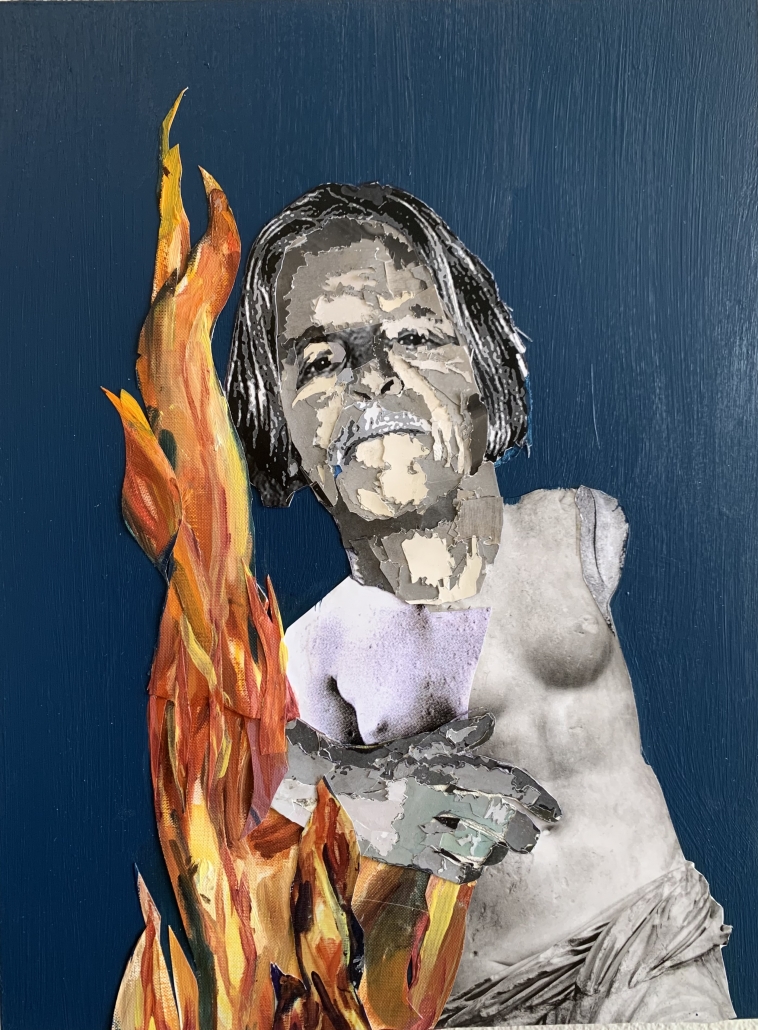
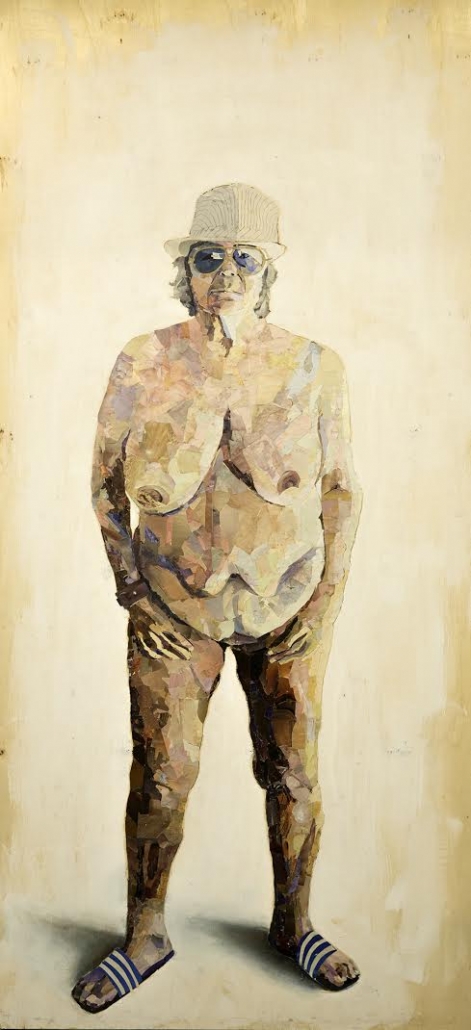
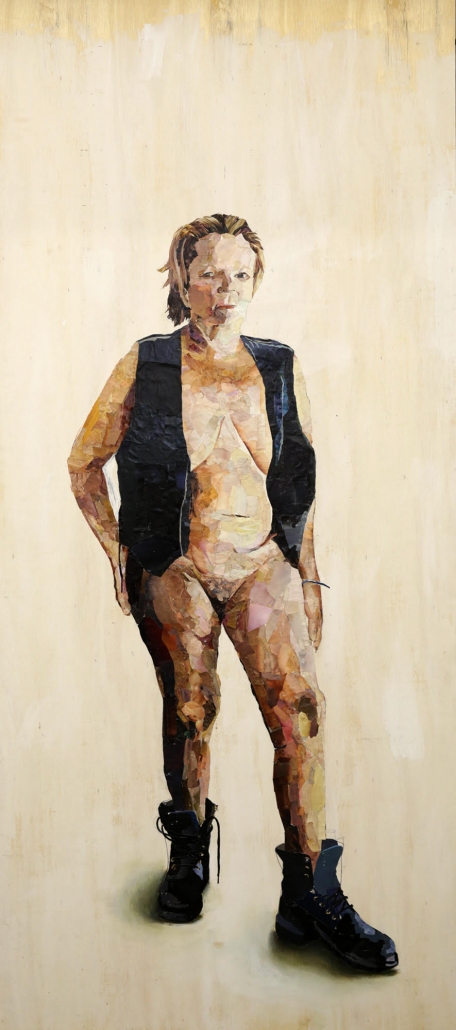
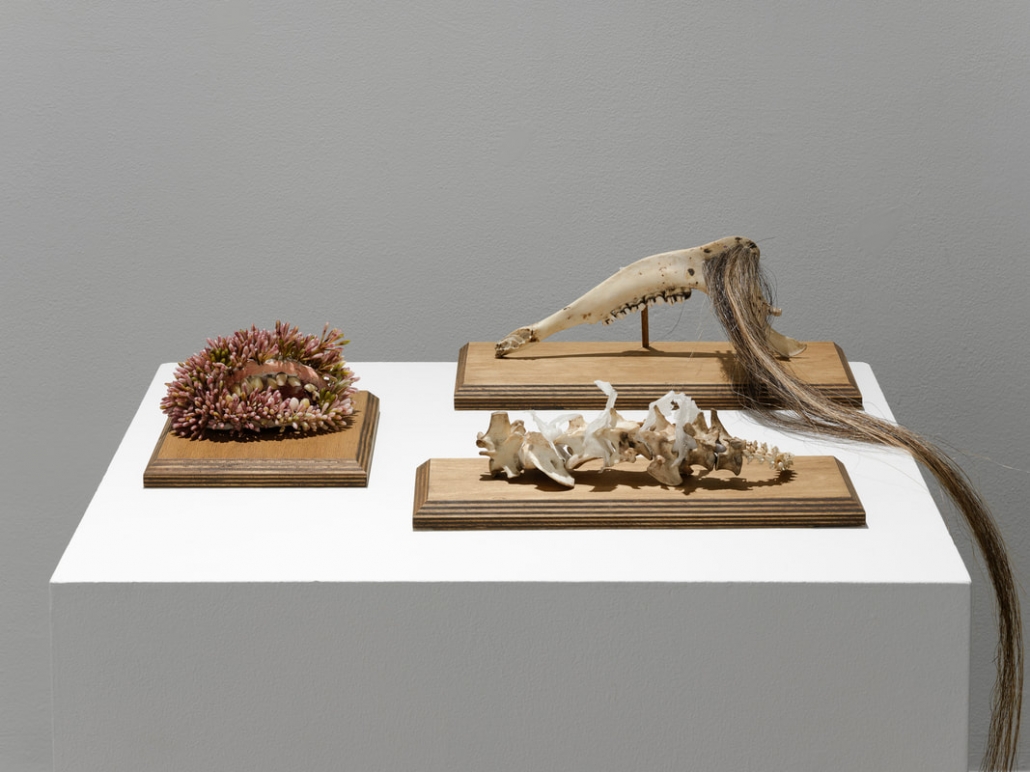
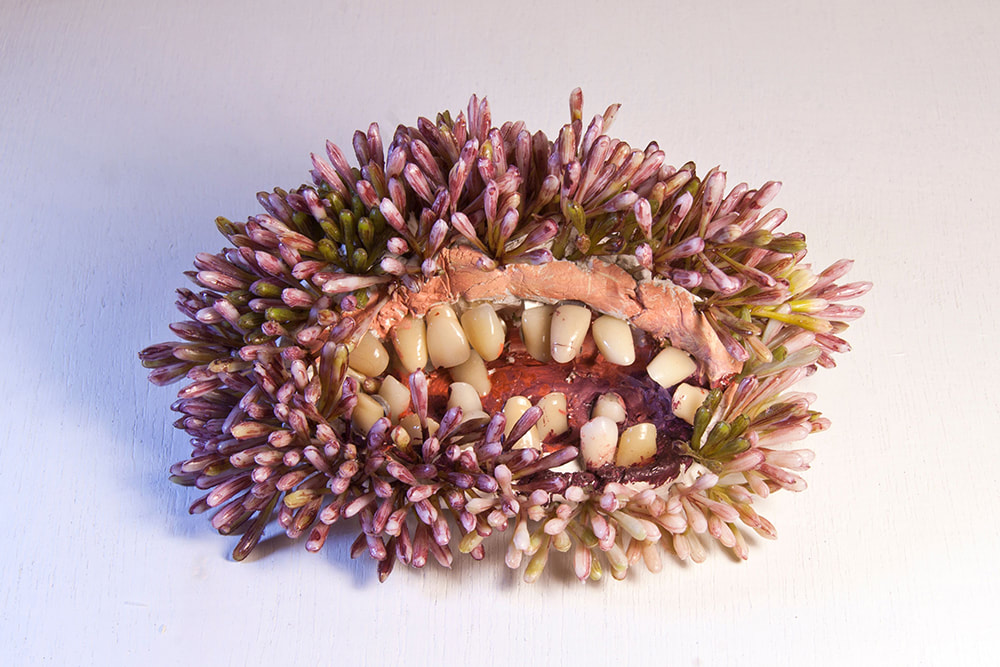
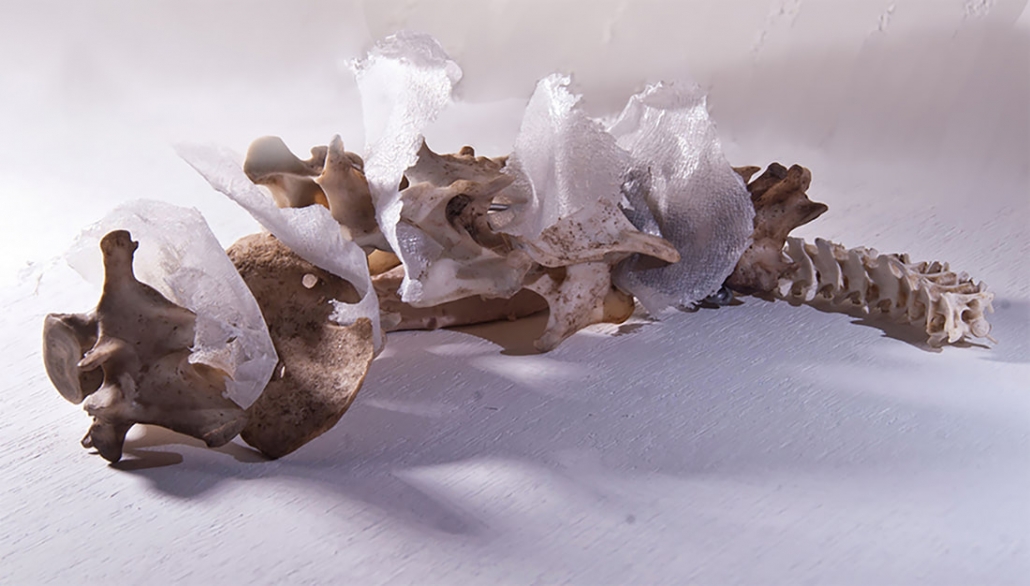
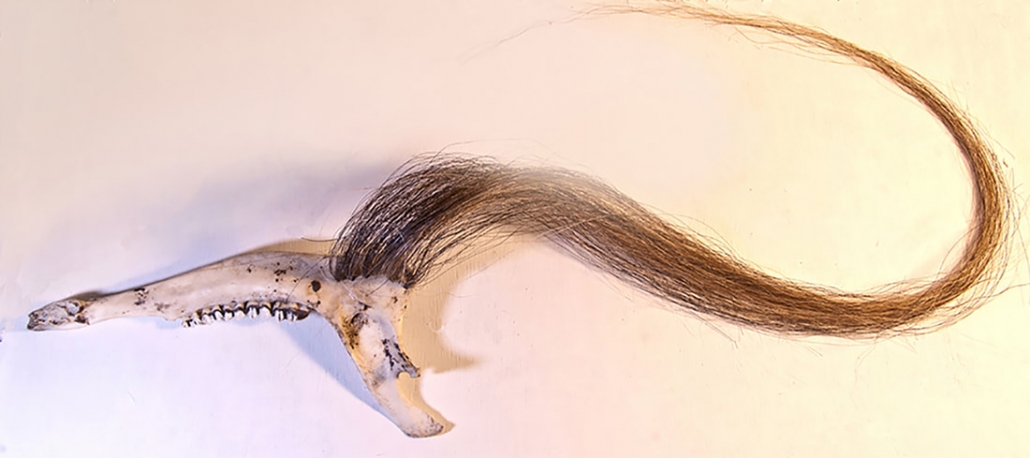

 Student Nadia Martinez (W 22) and Artist-Mentor Doug Ashford
Student Nadia Martinez (W 22) and Artist-Mentor Doug Ashford Student Josephine Chase (S 22) and Artist-Mentor Zun Lee
Student Josephine Chase (S 22) and Artist-Mentor Zun Lee